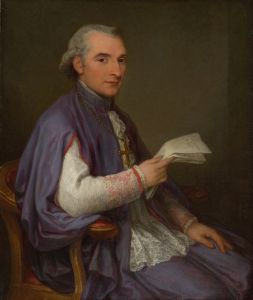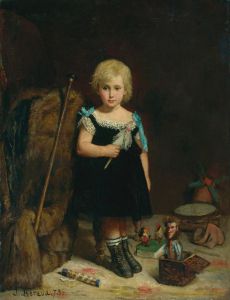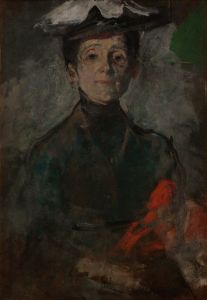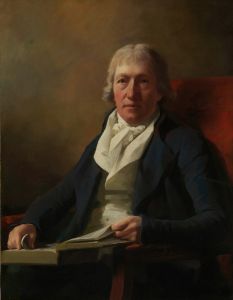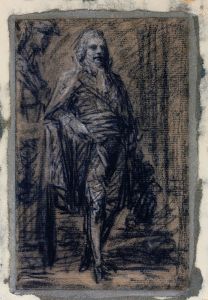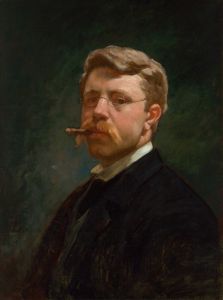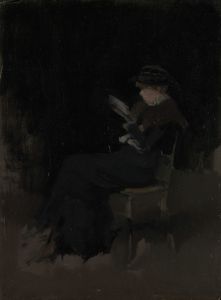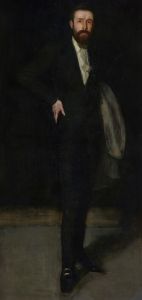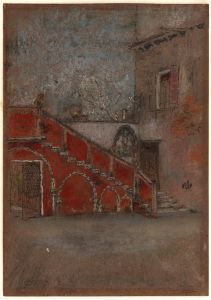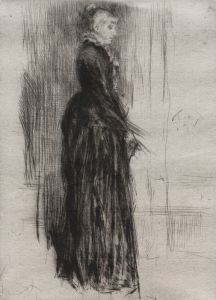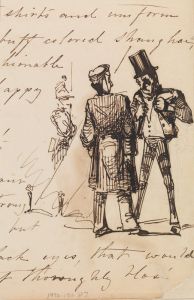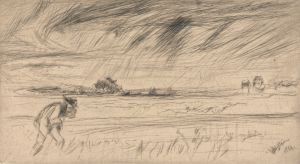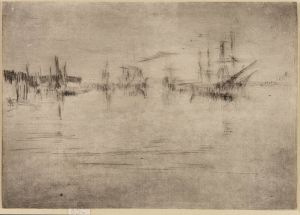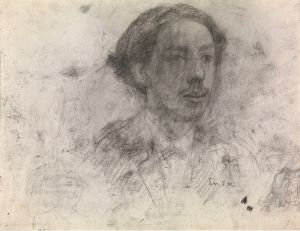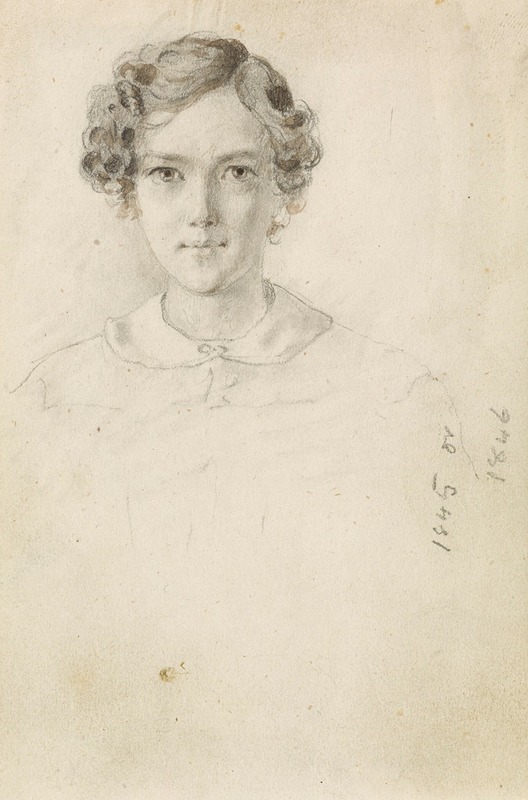
Portrait of Whistler
A hand-painted replica of James Abbott McNeill Whistler’s masterpiece Portrait of Whistler, meticulously crafted by professional artists to capture the true essence of the original. Each piece is created with museum-quality canvas and rare mineral pigments, carefully painted by experienced artists with delicate brushstrokes and rich, layered colors to perfectly recreate the texture of the original artwork. Unlike machine-printed reproductions, this hand-painted version brings the painting to life, infused with the artist’s emotions and skill in every stroke. Whether for personal collection or home decoration, it instantly elevates the artistic atmosphere of any space.
"Portrait of Whistler" by James Abbott McNeill Whistler is a painting that captures the essence of the artist himself, though it is important to note that Whistler is more famously known for his other works, such as "Whistler's Mother." Information specifically about a self-portrait titled "Portrait of Whistler" is limited, and it is possible that there might be confusion with other portraits of Whistler by different artists or with Whistler's own self-portraits.
James Abbott McNeill Whistler (1834–1903) was an American-born, British-based artist known for his paintings and etchings. He was a leading figure in the Aesthetic Movement, which emphasized the visual and sensual qualities of art and design over practical, moral, or narrative considerations. Whistler's work is characterized by his innovative use of color and his interest in the harmony of composition, often drawing parallels between painting and music.
Whistler's most famous work, "Arrangement in Grey and Black No. 1," commonly known as "Whistler's Mother," is a portrait of his mother, Anna McNeill Whistler. This painting is celebrated for its composition and tonal harmony, and it has become an iconic image in American art.
While Whistler did create self-portraits, they are not as widely recognized or documented as some of his other works. His self-portraits often reflect his interest in exploring identity and the role of the artist. Whistler was known for his flamboyant personality and his belief in "art for art's sake," a philosophy that art should be appreciated for its beauty and form rather than for any narrative or moral message.
Throughout his career, Whistler was involved in several legal battles, most notably with the art critic John Ruskin. Ruskin accused Whistler of "flinging a pot of paint in the public's face" with his painting "Nocturne in Black and Gold: The Falling Rocket." Whistler sued Ruskin for libel and won the case, though he was awarded only a farthing in damages. This legal battle highlighted the tension between traditional art critics and the avant-garde artists of the time.
Whistler's influence extended beyond his paintings. He was a key figure in the development of the "Ten O'Clock Lecture," where he articulated his views on art and aesthetics. His ideas influenced a generation of artists and helped pave the way for modern art movements.
In summary, while specific information about a painting titled "Portrait of Whistler" by Whistler himself is not readily available, James Abbott McNeill Whistler remains a significant figure in art history. His contributions to the Aesthetic Movement and his innovative approach to painting have left a lasting impact on the art world.





